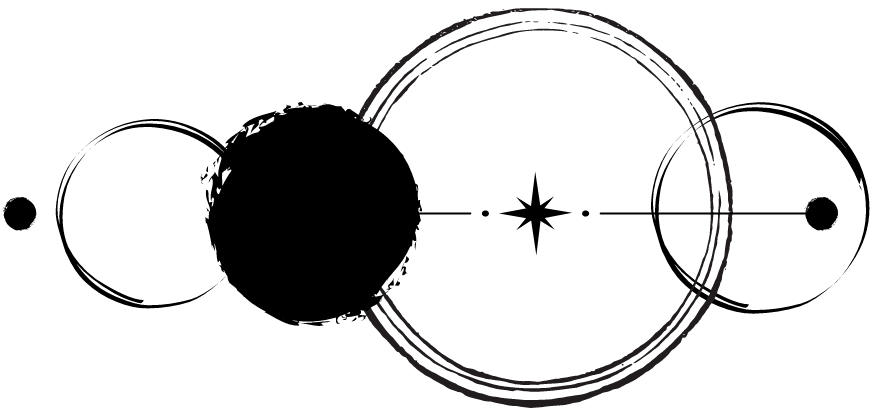More than 8 Mt of post-consumer textile waste are being incinerated or landfilled in the EU every year, reuse and recycling of textiles are marginal, and exports from Europe to the Global South have been on the rise for over two decades.
The European textile sector, characterised by its staggering waste generation and significant environmental impact, is at a crossroads and requires immediate action to transition towards the circular economy. Key challenges include the environmental impact of production and health risks for consumers posed by the use of fossil fuel-based synthetic fibres, the release of microplastics and harmful chemical substances (more than 8,000 used in the textile industry. Swedish Chemicals Agency found that in a sample of 2,450 substances, 750 were classified as hazardous for human health and 440 as hazardous for the environment).
The outlined evidence underlines that the safe use, reuse, recycling, and export of textiles may be undermined by the presence of harmful chemical substance, hampering the transition towards a circular system. In order to shift to a circular design and avoid health risks, the implementation of circularity requirements under the ESPR Delegated Act for textiles is paramount.
The complexity of achieving a toxic-free and circular system for textiles has become evident and, therefore, poses significant challenges to policymaking. Further research and development is needed to scale recycling, but also to determine the environmentally preferable way of discarding textiles—particularly given the global nature of the system. The current lack of coherent policy measures must be overcome in the next few years to allow the sector to edge back into operation within planetary boundaries before we reach tipping points.
This paper identifys the way ahead and outlines a vision for a truly circular and toxic-free system for textile sector looks like from a zero waste perspective.
 Tekstiiliringlus
Tekstiiliringlus